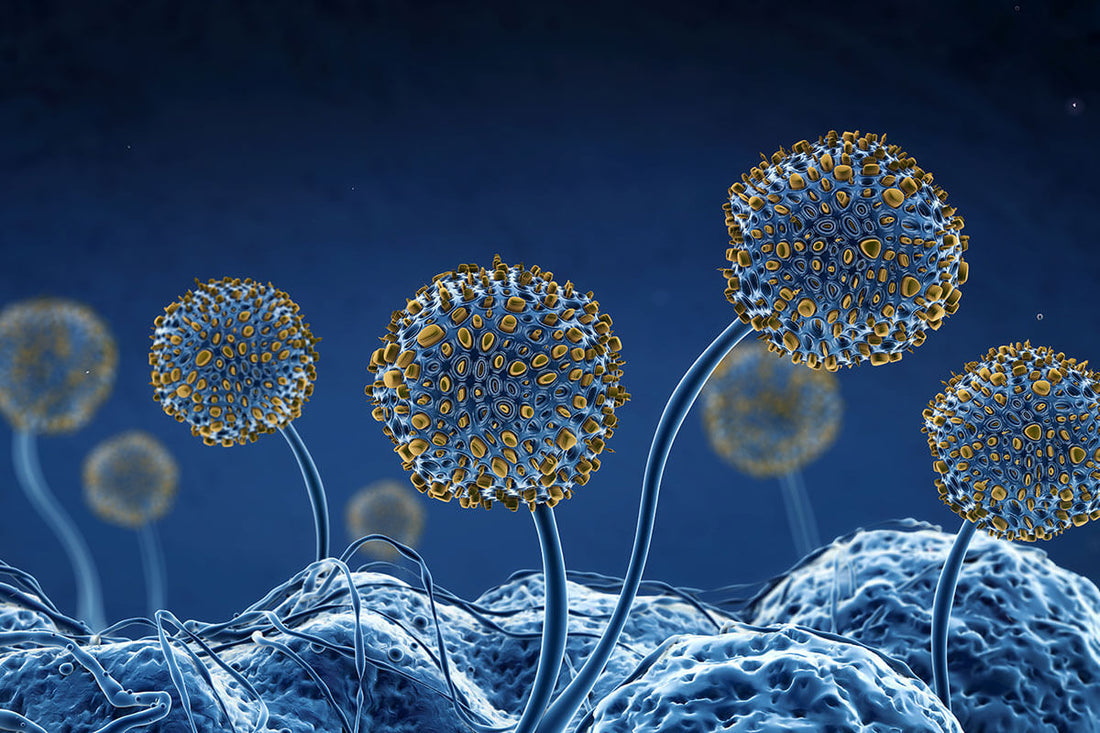We often think of mold as something that grows "out there" on walls, in basements, in water-damaged corners. But exposure doesn’t stop at the environment... The body itself becomes an extension of that same toxic terrain. What can start as simple spores in the air, can become stagnation in the lymph, congestion in the liver, and chaos in the immune system.
Mold exposure isn’t just an air-quality issue, it’s an ecosystem imbalance. Once mycotoxins enter the body, they behave like microscopic invaders that rewrite the terrain from the inside out. Settling into the gut and disrupting the delicate balance of bacteria and yeast; they thicken lymphatic fluid so toxins can’t drain efficiently; inflame the fascia, stiffening tissues that should glide freely; and burden the liver until the whole system feels heavy, tired, and foggy.
Two people can even live in the exact same environment, dealing with the same exposure and yet have completely different experiences. So this isn’t just about the environmental exposure; it’s about bodies terrain. The stronger and more open your drainage pathways are, and the lower your immune burden remains, the better your body can adapt and recover. The more stagnant and burdened the body becomes, the more the inner landscape starts to resemble the contaminated one outside.
When the outside terrain becomes toxic, the body’s inner terrain reflects it.
From a big picture view, chronic mold exposure isn’t just an air-quality issue, it’s an all around ecosystem imbalance. Once spores or mycotoxins enter, they interact with your gut, lymph, liver, and fascia in ways that can secretly hijack energy, mood, and immunity.
How Mold Enters and Spreads Internally
Every breath, bite, and touch is an exchange between your body and the world around you. Mold exploits those openings.
The primary pathways are inhalation, ingestion, and skin absorption.
-
Inhalation: When you breathe in air...
